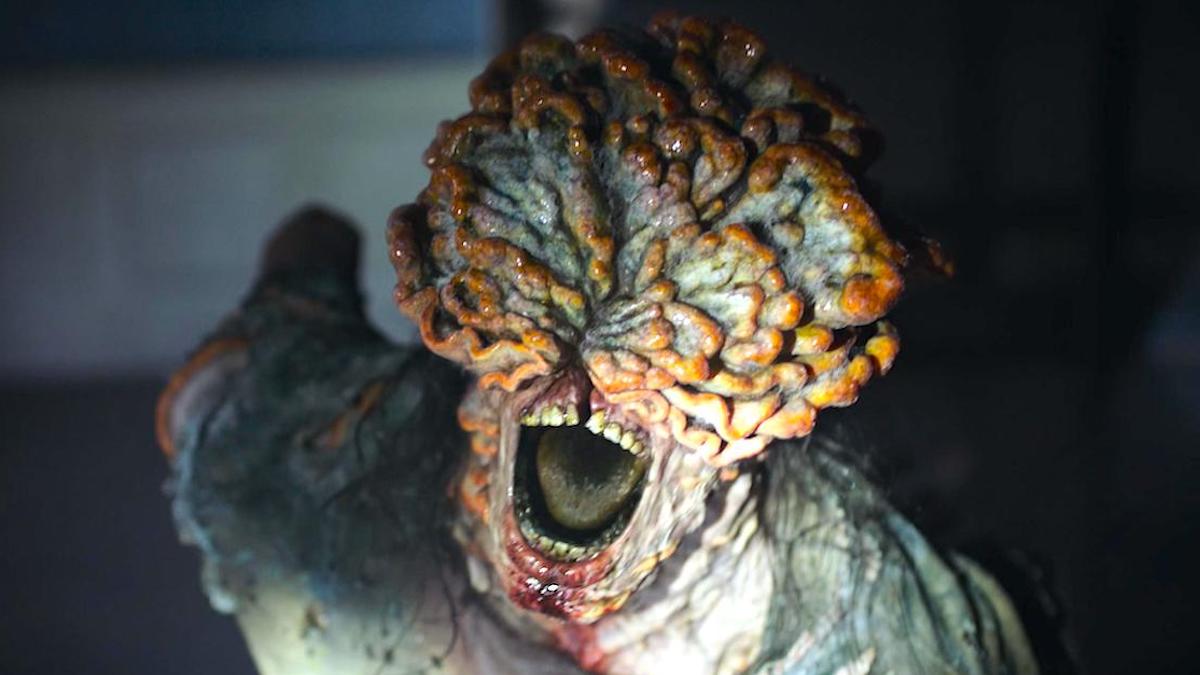When it comes to HBO’s smash hit The Last of Us, things couldn’t get scarier. The show’s depiction of a zombified America is truly what nightmares are made of, and what’s worse — we’ll never touch a mushroom again. Oh, and if the series isn’t forcing us to cover our eyes in fear, it’s making them water with tears. We’re looking at you, episode three.
It’s no secret that the Infected roaming the apocalyptic wasteland are absolutely terrifying, but it seems not all of the zombies this dynamic duo come across are created equal. Which is certainly entertaining for audiences, but spells disaster for these wandering heroes.
Cordyceps, cordyceps, and more cordyceps. That’s what The Last of Us is all about. Once the mutated strand gets inside the essential food supply, it gets inside a human, then another human, then it’s game over (horrible pun intended). Considering all the Infected spawn from the same Cordyceps strand — why do certain ones sound, act, and look different than others?
It all relies on one of life’s great equalizers; time. Like any infection, the longer a host is exposed to the disease, the more damage it can do to the body. In the case of these particular zombies, as time goes by, a human will progress through certain “stages” — terrifying, we know.
These are (from time of direct exposure): Runner, Stalker, Clicker, Bloater, Shambler, and…the Rat King. Runners and Stalkers are basically your average zombie. They look human, save a few mushroom-y bits, and haven’t been around for very long. That’s not saying they’re easy to handle, but they’re a heck of a lot better than the other four types.
Clickers — as the name would suggest — are the ones that make noises. They make their clicking sounds in order to see any unsuspecting victims. In essence, it’s echolocation — like what dolphins use to communicate underwater.
Their eyes and faces have been overtaken by the cordyceps, so they emit sounds in order to locate their prey, and the world around them. Nifty, right? Well, it’s also incredible scary.
While we’re on the subject then, what are Bloaters, Shamblers, and the Rat King? Full disclosure; if you want to sleep tonight, maybe stop reading.
First, it’s worth mentioning that none of these zombie types have been seen in an episode of The Last of Us — yet. After last week’s episode though, the episode five preview gave us our first look at a true-blue bloater, and we need a minute.
Bloaters are people who have been infected for years. Over time, the fungal growth on their skin has hardened, turning it into armored plating. They’re huge, incredibly strong, and super hard to kill. Bloaters also have the ability to rip pieces of fungus off of their bodies, and throw it at victims. So they’ve got that going for them.
Shamblers, on the other hand, are a bit smaller than Bloaters but just as deadly — and twice as fast. Their infection period has (like a Bloater) lasted a couple years, accept they inhabit areas specifically near water. Although they have yet to be mentioned on the show, let’s hope Joel and Ellie don’t go for a swim anytime soon.
Last but not least, we have the Rat King. Where do we begin? The Rat King is a one-off infected that exists, for now, solely in The Last of Us: Part II game world. It’s a special boss found in the Seattle Hospital.
To put it simply, the Rat King is a bunch of Infected fused together. Infinitely powerful and staggeringly big, the Rat King has been infected for decades and has the ability to uncouple itself. Meaning various Infected can break off from the larger whole, and attack alongside their dark master. The thing is impossibly hard to kill, and makes for one of the most memorable (or horrifying) parts of the game’s story.
When you think about it, The Last of Us wouldn’t be much of a show if there wasn’t unspeakable horrors around every turn. The only thing thing that these different zombie types tell us is that there are plenty of ways to die in the apocalypse. But that’s sort of the point.

